At the beginning of the 20th century physicists were shocked to discover various substances that were emitting particles sub-atomic in size yet possessed energies that per particle were enormous, far greater than could be explained by the chemical reactions that were known at the time. The alpha and beta particles that were found coming from Uranium and other heavy elements defied everything that ‘classical physics’ understood. Remember at this time an atom meant something indivisible, nothing smaller and the concept of nuclear energy had to wait for the concept of a nucleus.
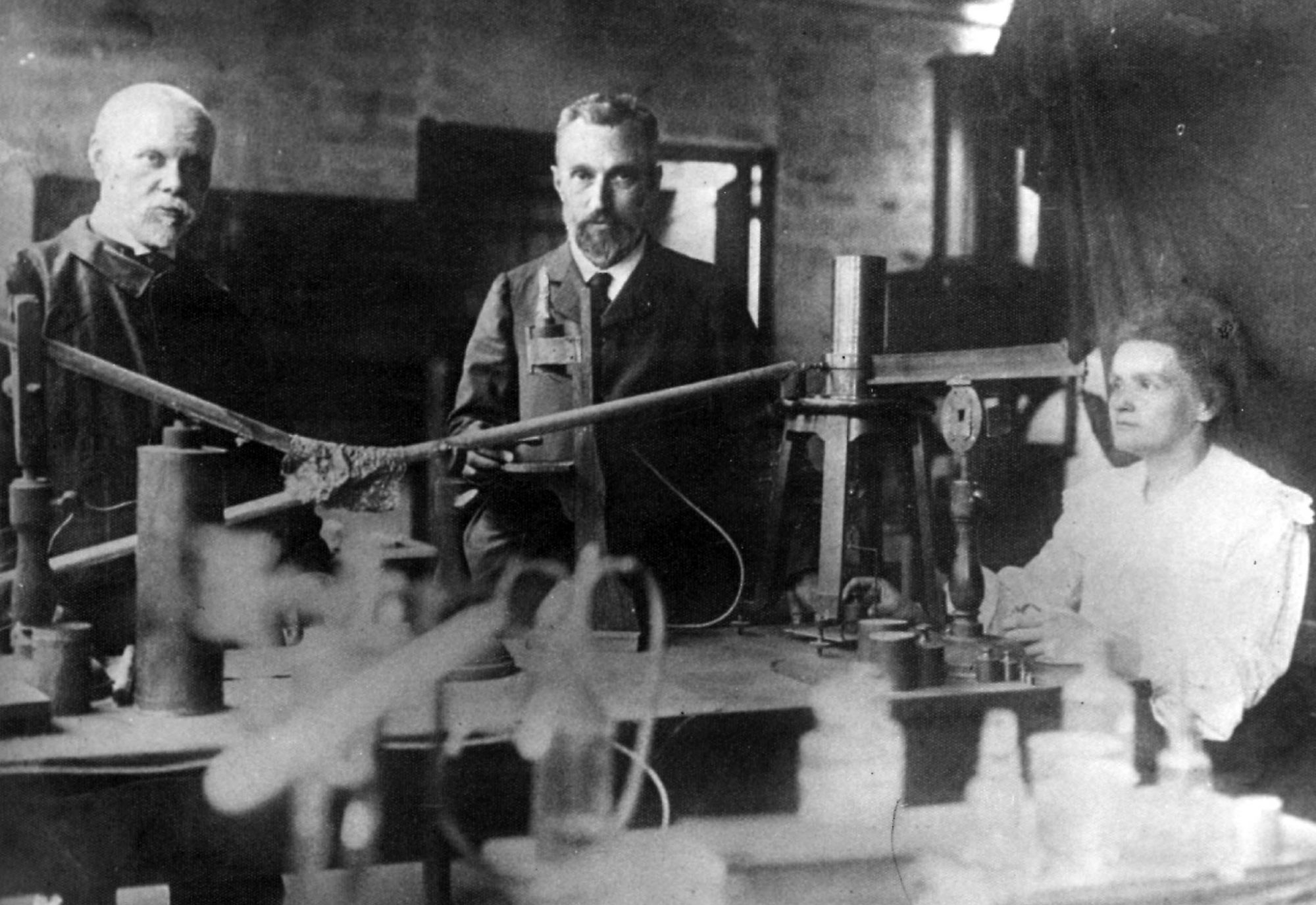
An even bigger shock came when such particles were found to be shooting through the very air around us. At first scientists thought this radiation had to be coming from substances in the ground. To test that theory in 1912 physicist Victor Hess equipped a balloon with instruments that could detect the particles. He rode the balloon several kilometers into the air expecting that the intensity of the radiation would decrease as the balloon rose. Instead it got stronger. At an altitude of five kilometers Hess found that the intensity was twice as strong as at sea level. The particles were coming from outer space. They were cosmic rays!

Ever since then physicists have studied these mysterious particles hoping to learn where they come from and how they were accelerated to such enormous velocities and energies. In 1932 another mystery was added when the first ever anti-particle, an anti-electron was found in cosmic rays by the physicist Carl Anderson. For their work on cosmic rays Hess and Anderson would share the 1936 Nobel Prize in physics.
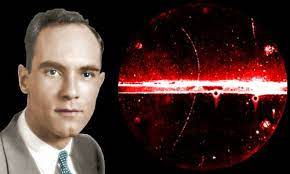
After a lot of hard work researchers recognized one thing, the cosmic ray particles they were studying at the Earth’s surface were not the original particles. You see when a particle moving through space at nearly the speed of light enters the Earth’s atmosphere it will quickly strike the nucleus of either an oxygen or nitrogen atom, often smashing that nucleus to bits. Those bits receive energy and momentum from the original particle and so continue downward, sometimes striking other nuclei in a cascading reaction. The bits from the collisions are what physicists see down here at Earth’s surface, only rarely does the original particle reach our instruments. (Actually that’s a good thing, our atmosphere acts as a shield protecting life down here at sea level from most of the radiation.)
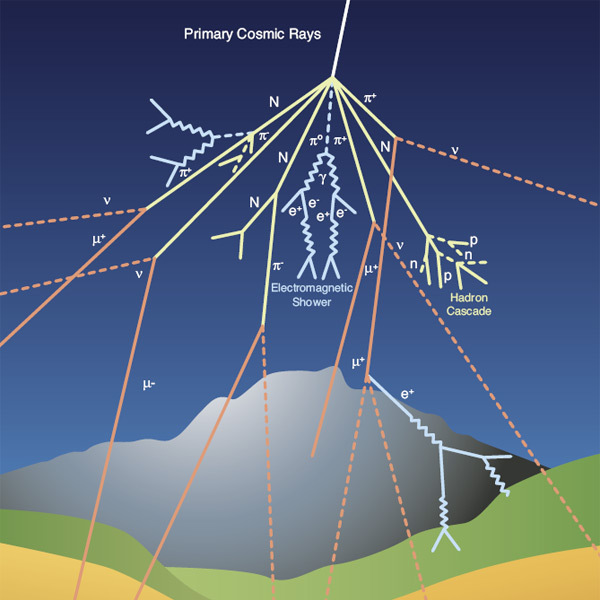
So in order to study the primary cosmic ray particles physicists have to get their detectors above the atmosphere and ever since the beginning of the space age they’ve tried to do just that. Early instruments put aboard the Skylab Station and taken into space by the Space Shuttle discovered that there were two distinct types of cosmic rays; one type came from the particles that make up the solar wind. The other type, which are usually more energetic, come from outside our solar system, some perhaps even from outside our galaxy.
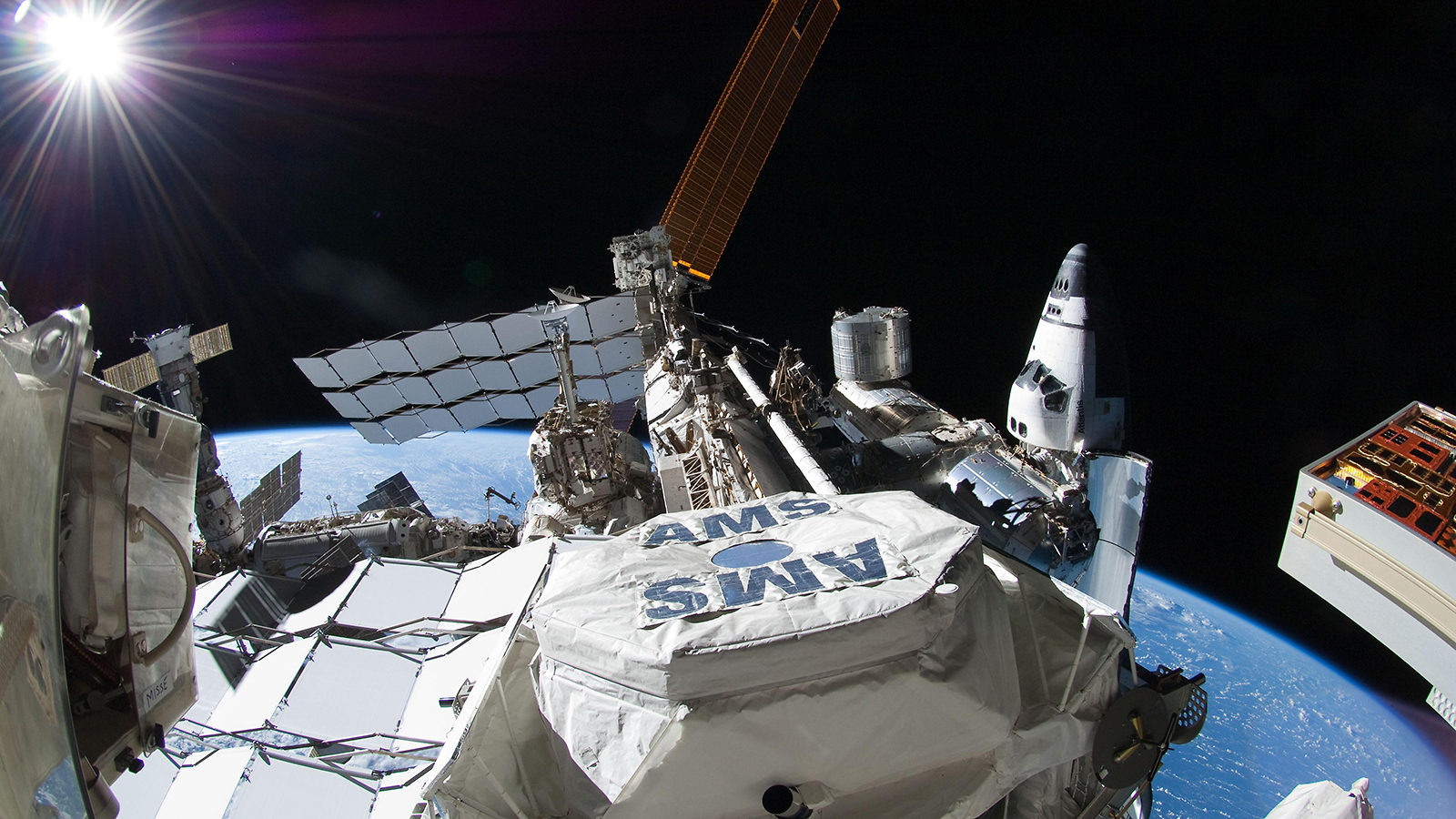
The most sophisticated instrument sent into orbit thus far is the Alpha Magnetic Spectrometer-2 (AMS-2) which for the last ten years has been attached to the outside of the International Space Station (ISS). During that time the AMS-2 has detected, measured and recorded over 44 million cosmic ray events every day. More than 160 billion cosmic ray particles have been cataloged by the instrument.

As a cosmic ray particle enters the AMS-2 its velocity is measured by either a Transition Radiation Detector (TRD) for high-energy particles or a Time of Flight Counter (TOF) for low energy particles. Inside the AMS-2 a permanent magnet causes the particle’s path to curve, the degree of curvature giving information about the particle’s mass. Finally a calorimeter measures the particle’s total energy. Using these pieces of data the physicists can both identify the cosmic particle, element and isotope, as well as its total energy.
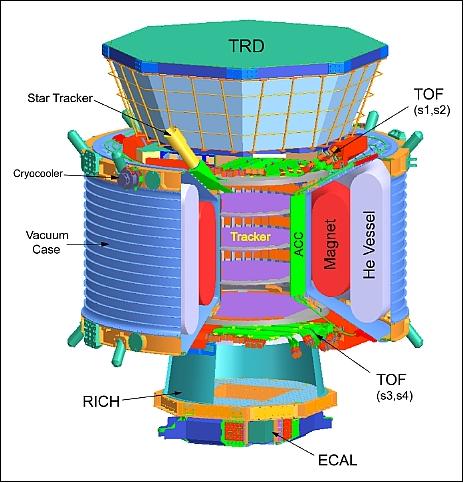
What the AMS-2 has discovered about the cosmic rays coming from outside our solar system is first of all that they broadly fall into three categories, electrons, atomic nuclei and anti-matter particles; I’ll save the anti-matter for later. Electron intensity at high energy has been shown to be largely suppressed and we have a pretty good idea of why. You see because of their tiny mass, 1/2000th that of a proton, high-energy electrons traveling through interstellar space get pushed around by the magnetic field of the galaxy causing them to lose their energy and they cease to be part of the cosmic rays after only a few hundred light years.
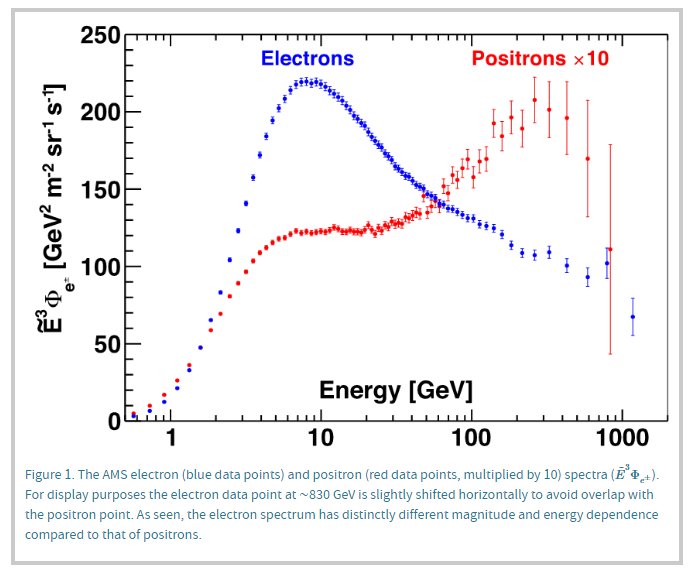
Protons and atomic nuclei manage to maintain their energies much further, 2000 times further or more. And keeping in mind that a proton is also the nucleus of a hydrogen atom what the measurements made by AMS-2 tell us is that cosmic ray particles are pretty much just normal stellar matter. That is about 80% of cosmic rays by mass are hydrogen nuclei (Protons) about 20% by mass are helium nuclei while all of the remaining elements make up less than 1% by mass. In fact this is just about the proportions we see when we measure the constituency of the matter in our Sun and nearby stars. The majority of cosmic rays are simply the nuclei the normal atoms that have somehow been accelerated to enormous velocities.
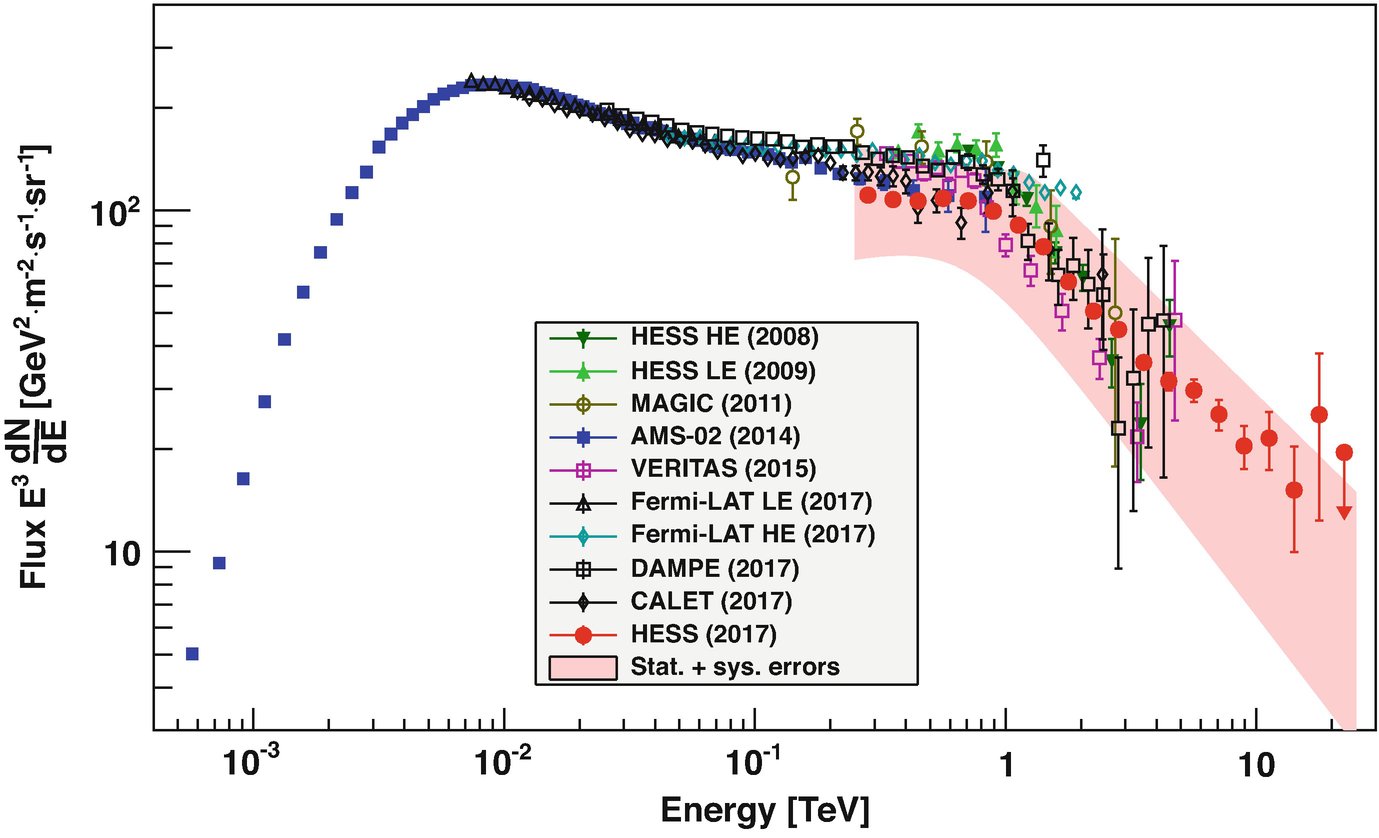
Then there are the anti-matter particles and in truth the real purpose, the juicy meat of the AMS-2’s program was to detect and measure as many anti-particles as possible. You see most of the theories about how the big bang happened say that our Universe should consist equally of matter and anti-matter, but there’s virtually no anti-matter here on Earth or in our solar system. What anti-matter there is comes from high-energy collisions, like those from cosmic rays, and the anti-particles don’t last long.
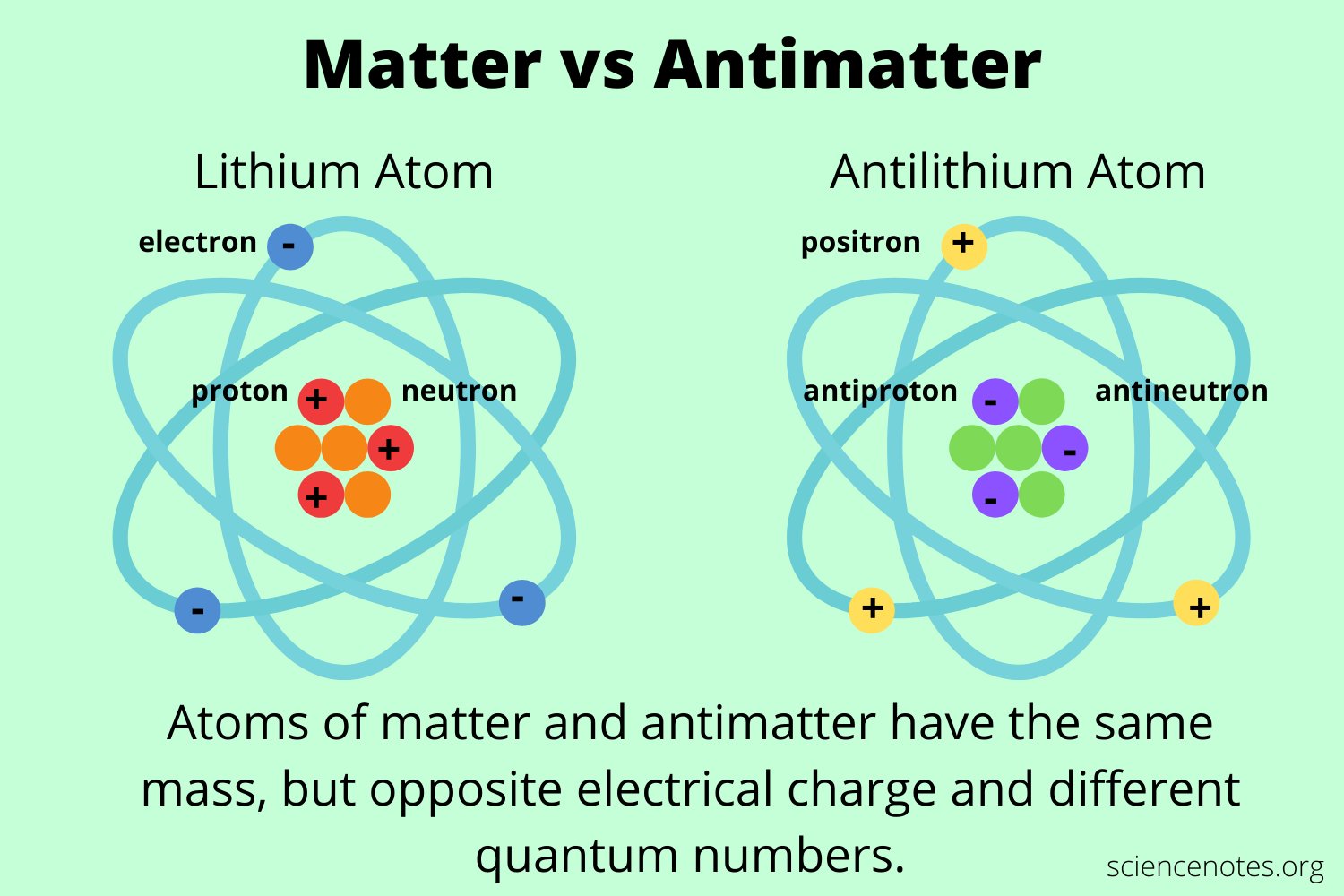
Our observations of the Milky Way also rule out any large amounts of anti-matter in our galaxy. In fact most astronomers think it highly unlikely that there are any anti-matter galaxies within at least 100 million light years. So where is all of the anti-matter, are there anti-matter galaxies anywhere in the observable Universe? That’s one of the big questions it was hoped that AMS-2 would help to answer.
And AMS-2 has provided quite a bit of data that has given physicists a lot to think about. The intensity of anti-electrons for one thing is about five times higher than can be accounted for by established theories. This has raised the possibility that the excess anti-electrons are produced by ‘physics beyond the standard model’ such as the decay of ‘dark matter’ particles.
AMS-2 has also found an excess number of anti-protons in the cosmic ray flux and physicists are trying to determine how well their models predict the number and energy spectrum. Remember single anti-particles are regularly produced in cosmic ray collisions. The big news however has to be the ‘preliminary’ detection of eight anti-helium nuclei. Now because of its importance these detections are being carefully scrutinized, any possible kind of contamination eliminated, nevertheless the data has physicists very excited.
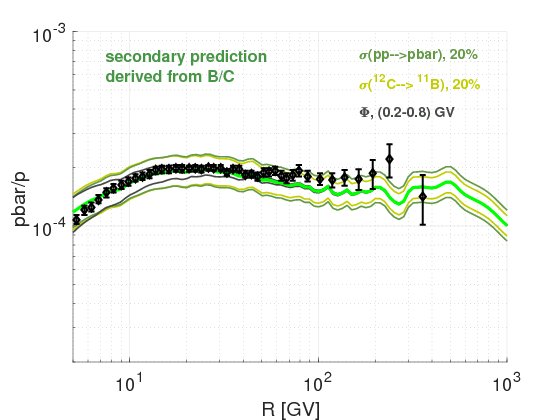
After all, if the discovery of anti-helium is confirmed that would mean that somewhere in the universe there is an anti-star, a star composed entirely of anti-matter, producing anti-helium by the process of fusion, just as our Sun produces helium by fusing hydrogen. Somewhere, a billion light years or more away, there are anti-galaxies with anti-stars and anti-planets, maybe with anti-people living on them.
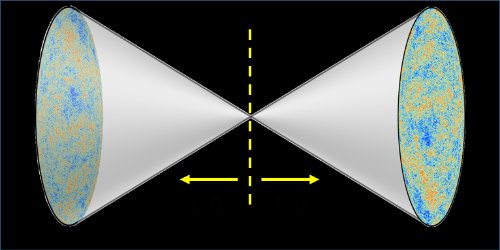
Or are they the real people and we’re the anti-people?
Oh, you may have noticed that I’ve haven’t discussed the theories physicists have concerning how cosmic ray particles ever get so much energy. I’m saving that for a later post!
